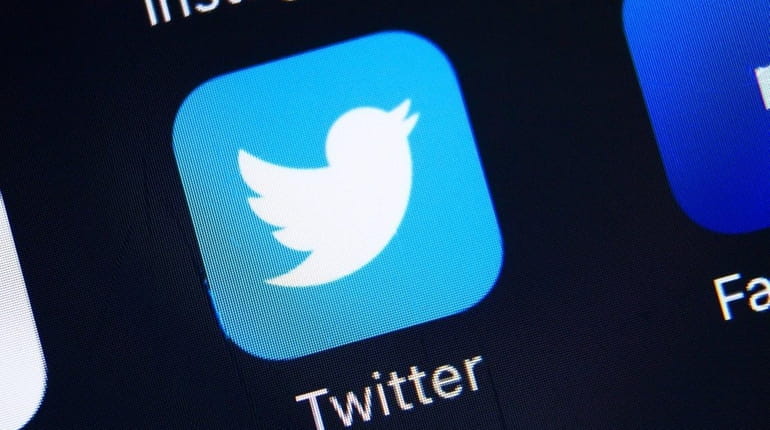The double-edged sword of Twitter

For high-profile journalists like Maggie Haberman of The New York Times, Twitter has created a new dilemma: They are instantly accessible to the public. Credit: Getty Images / DKart
I was a relative latecomer to Twitter. It seemed like a frivolous pastime and a terrible way to communicate anything of substance, and even after I opened an account in early 2012 (@CathyYoung63), I let it lie dormant for more than a year.
But it was, increasingly, where both interaction among journalists and reader contact were taking place. In May 2013, I took the plunge. Was I unsuspectingly walking through the gates of hell? That seems to be an increasingly popular view among Twitter’s denizens.
New York Times political reporter Maggie Haberman’s announced decision last week to take an indefinite break from Twitter because of the platform’s increasingly toxic climate and its emotional drain on her life shone the spotlight on something that has been a subject of growing concern for at least the past year. Meanwhile, Disney’s decision to fire actor James Gunn for old tweets (some of them going back to 2009) making tasteless jokes about child molestation — despite the fact that he had acknowledged and apologized for those tweets in the past — has renewed concerns that Twitter may be a weapon of personal destruction.
Others worry that Twitter is promoting and heightening political polarization and tribalism — the trends that have led us to our political predicament.
There is no question that Twitter can be a stressful time suck, though I’m not sure it’s any more conducive to pointless and exhausting arguing than old-style internet forums. For high-profile journalists like Haberman, Twitter has created a new dilemma: They are instantly and accessible to the public. When you sent a snail-mail letter or even an email to a journalist who had angered you, no one else saw it, and it was unlikely to get a response. Today, the aggrieved reader can interact with a prominent journalist on the same footing as other prominent journalists. You can end up spending a lot of time not only responding to readers but also fending off trolls.
And yet there are ways to minimize such problems without quitting. You can block the obnoxious. Today, Twitter also allows a lot of flexibility in determining whose tweets addressed to you will show up in your notifications: everyone’s, or only those of your followers and/or people you follow, or those of people with verified accounts (who are likely to have some public or professional standing). I have occasionally limited my interactions when I became the target of the latest minimob; overall, though, I prefer to remain more available. The valuable things I have gained from Twitter conversations, so far, outweigh the negatives.
Twitter mobs can do genuine damage when they go from annoying people to destroying careers. But such noxious effects are hardly new and hardly limited to Twitter. Blogs could have the same effect 15 years ago. Even more traditional media, from radio to print tabloids, were quite effective at whipping up mobs despite the slower pace of information exchange.
Political polarization has reached alarming levels. But it’s difficult to blame it on Twitter, given that, as social scientist Jonathan Haidt has documented, hostility toward the other party has been steadily increasing among both Democrats and Republicans since 1980 and especially since 2000. Haidt also has noted that America has lived through periods of hyperpolarization before — starting with the founders’ era in the late 18th Century.
Twitter can give us the means both to deepen the polarization and to counter it. To paraphrase Shakespeare: The fault, fellow Americans, lies not in our social media, but in ourselves.
Cathy Young is a contributing editor to Reason magazine.
